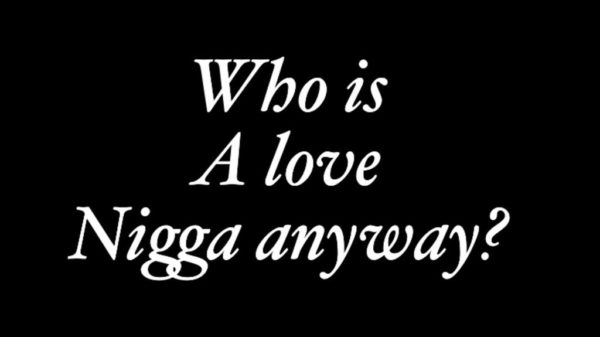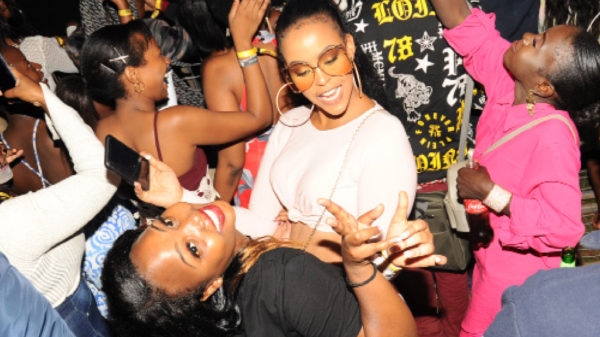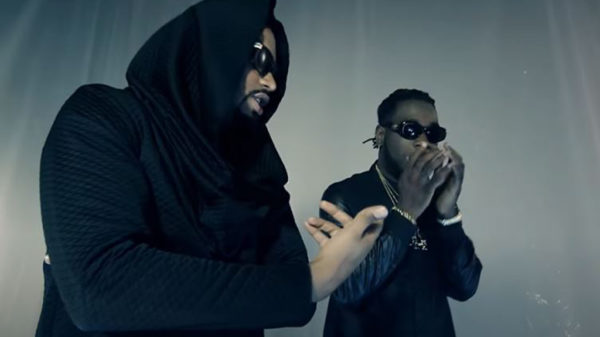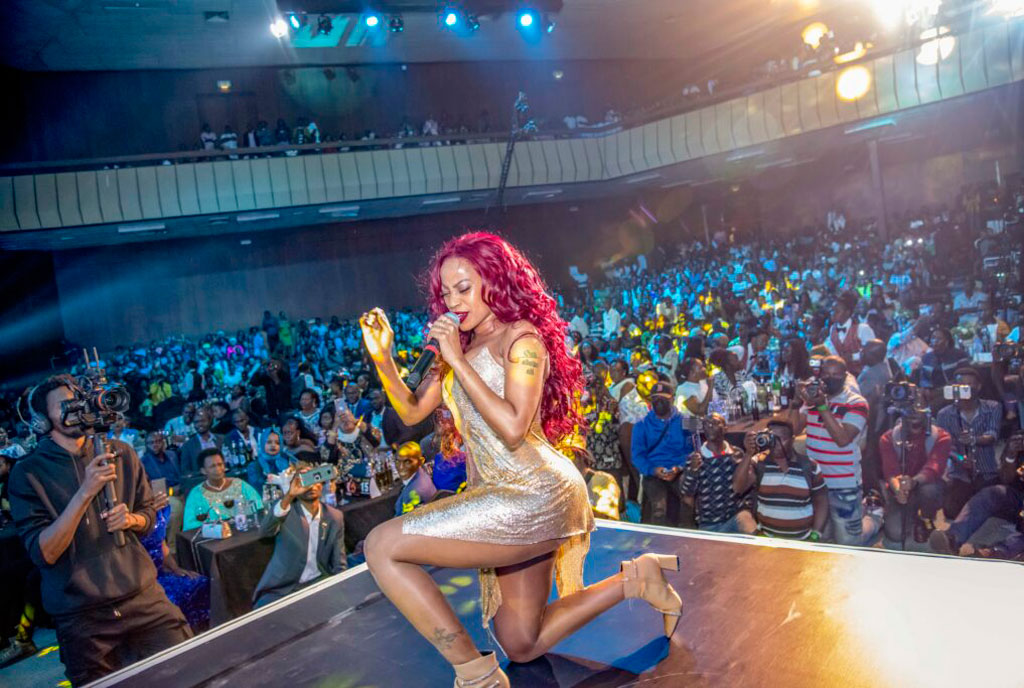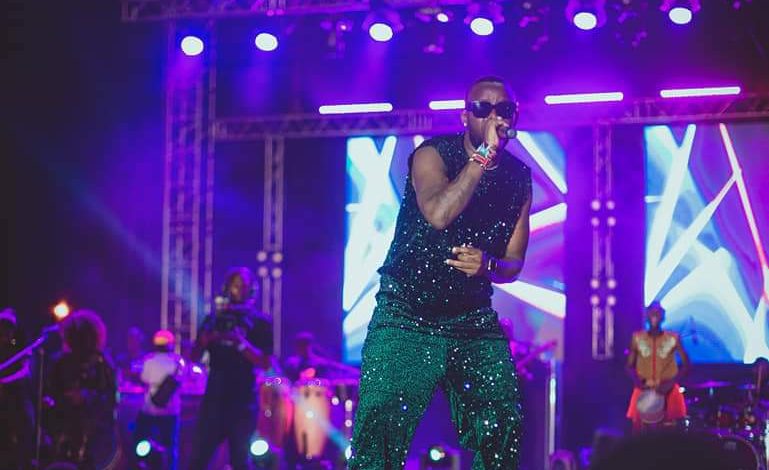Deserved? Last weekend, Spice Diana had a concert at Lugogo Cricket Oval and her show generated a lot of talkability 24 hours before she could take to the stage, thanks to the grand stage.After her performance, if any of the reviews were anything to go by, the audience felt shortchanged by the artiste, writes Andrew Kaggwa.
This year started in a mess. From a stampede that claimed lives at Freedom City to a case of Uganda Revenue Authority asking local artistes to get TINs. Most artistes were so confused by the move that one even wondered why the government was coming for them.
The directive, however, was not only targeting artistes, it included all people who are making money from the entertainment industry as a whole; curators, programmers and producers.
Much as many artistes are already paying taxes, there are more that do not pay taxes, thanks to the unique nature of the music industry in Uganda. Being an informal yet lucrative sector, there are many artistes without a known minimum rate.
However, with compulsory taxation in the offing, some artistes were quick to amend things with their management. Joseph Mayanja, alias Jose Chameleone, came out and notified his management that his new rate effective January 2023 was Shs10m.
On his heels was a promoter crafting a list of what he thinks artistes should be paid.
A lot of this started a debate among industry enthusiasts and audience members. Much as many believed it is okay for artistes to be paid as much, some wondered if it was worth it.
“Some of these people do not rehearse for their shows, they simply show up all sweaty, scream at us and expect mega payments,” complained a fan on social media.
While others argued that artistes usually perform their own songs badly that it is always better watching live cover bands sing their music than the owners of the music.
“I know their intellectual property is encroached upon but I would rather watch a cover band sing than the owners of the music,” noted another.
Then Diana Hajjara Namukwaya, alias Spice Diana, happened last weekend. Her concert at Lugogo Cricket Oval generated a lot of talkability 24 hours before she could take to the stage, thanks to the stage that had been built for the occasion.
Yet after her performance, if any of the comments and reviews were anything to go by, the audience felt shortchanged by the artiste.
This once again brought the debate to the fore; do artistes deserve the money they ask for?
In her submission, Spice was not even making it easy for the audience, she noted that she is Spice Diana, if some people wanted perfection, they should watch her recorded music on YouTube.
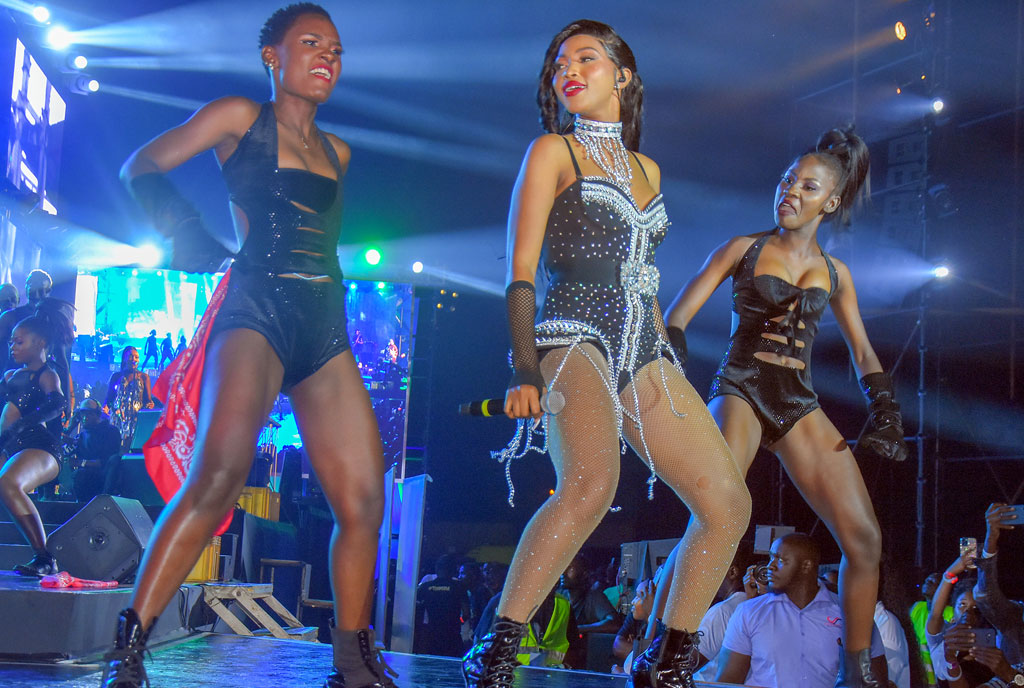
Spice Diana recently called out critics for calling her performance at Cricket Oval mediocre.PHOTO/Michael Kakumirizi
Background
Her reaction reinforced what many had been talking about, that artistes do not give Ugandans value for money.
To understand the state of local music concerts, Emma Mulondo, also known as Emma Carlos, says one has to understand the journey of concerts in Uganda.
“There was a time when promoters would make wooden stages and invite artistes. Lighting and sound were not a big deal,” he says.
When artistes such as Bebe Cool and Chameleone came back to Kampala from Nairobi, they brought a lot of attention to the industry, thanks to their antics.
With the industry getting the attention of media houses, it got the attention of corporate companies that joined as sponsors.
“Initially they gave promoters about Shs25m and they would do a bad job. They would produce a show with a sketchy stage and brands noticed this was not doing justice to them,” he says.
It was at that time that sponsors totally took over production of concerts and the trend, Mulondo says, improved the quality of concerts.
For performances, it has also been a journey because there was a time when most artistes performed with digital playbacks and eventually adopted having live bands.
It became an achievement for one to put on a live performance, even when all they did was scream through.
Ernest Otim, a bass guitarist and producer, says there is more to a live performance experience than having a band. And this is where semi-live performances come into the picture.
Semi live performances incorporate components of live band instruments with pre-recorded material. Thus, during a performance, the band plays part of the instrumentation, while effects and the bed multiple vocal layers are simultaneously played on a track.
With the changing pattern of music production, and the evolving music genres that have bred electronic styles such as Tecno, Garage, House and now Amapiano, kicks, whistles and shakers will be played on a track to give the audience the same experience as they get when they listen to music on CD.
Semi live performances have become a staple on the live music and session scene internationally, especially on televised shows such as award shows, Super Bowl and talkshow performances.
For such shows, the pre-recorded track will sync with the band, lights and graphics.
“A semi live set for an artiste saves you from a crowded stage. You will have four people on the band and yet they will do the job,” Otim says.
Otim also says a semi live set provides the audience with a clean sound one may not achieve with so many players.
Semi-live performances such as Azawi’s concert give audiences a better experience than those that try to be entirely live and cannot achieve all the instrumentation on stage.
However, semi live concerts are yet to pick up, mainly because some artistes believe it is a sign of weakness.
“Others hate them because they will expose them. With a clean sound like that, an artiste is either good or not,” Otim says.
Is there value?
Artistes’ payments for these performances however vary, for instance, it is expensive to have a band for a show and much as semi live saves a lot in terms of the band personnel, a lot goes into its preparation such as rigorous rehearsals.
For many of the local artistes, James Kaliisa alias Propa, a digital music curator, says artistes are paid poorly and thus what they deliver is worth the payment.
“Most artistes are paid about Shs2m for a performance, with dressing and transport, which money is too little for one to rehearse or hire a band, thus, they will come and perform on CD live,” he says.
He notes that people should not expect what they have not paid for. For instance, he says promoters should pay artistes what the region internationally pays and go ahead and ask for value.
“I think it is time people did away with cheap concerts, pay artistes well and push the cost to the final consumers; why should we have many bad quality cheap concerts?”
Edward Sendikadiwa, an arts commentator, says there are always many categories of people who are meant to benefit from a show.
“Most of the time, show promoters do not get value for their money,” he says, adding that because most of them do not understand music as a craft, it is easy to pay an artiste and not know what is expected of them, besides showing up.
“Artistes at times take advantage of such promoters,” he says.
He also says there are promoters who will pay one artiste a lot of money, banking on the artiste’s ability to attract numbers to the show. At times though, the move backfires since they end up spending twice on both the artiste and advertisement.
To the audience, however, Ssendikadiwa says the group still varies.
“Not every fan that comes to the concert is there for the same purpose. Some are there to eat while others are there because it is the talk of town,” he says.
The biggest fans of the artistes most of the time are not there for the music but the artiste. According to Ssendikadiwa, these will scream when the artiste comes on stage, whether they sing or not, “this group will even dress like their artiste because seeing their artiste is already value for money.”
Then there are those who come to listen to good live music, “these unfortunately do not usually get value for money.”
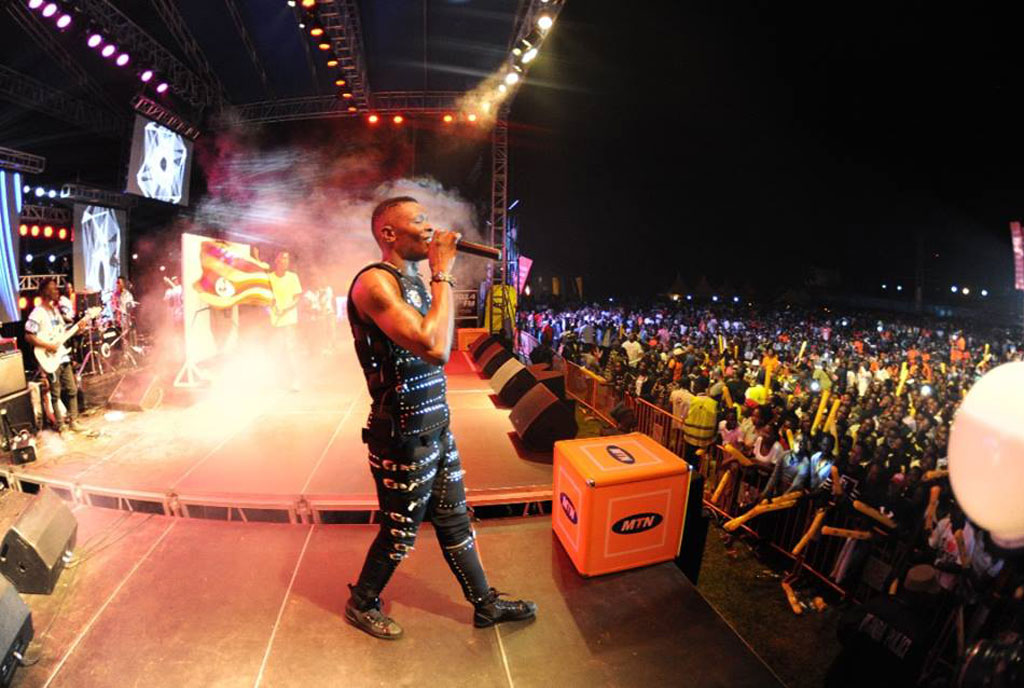
Chameleone has not disappointed his fans interms of live performance at all the concerts he has held. Photo Courtesy
What is the rate?
Most artistes have always been cagey about their rates. Chameleone is known to have announced his rate twice in the past. He was the first artiste who started charging at least Shs1m for his services.
Then with his No Million No Chameleone, he started a movement.
But what does this entail?
Kaliisa says the artiste rate is supposed to take care of the welfare, including transport, costumes and the performance itself.
“If you want a live band, the rate the artiste asks for will cover the band,” he says.
Ssendikadiwa says the rate is at times a professional payment for the artiste and rehearsal, dressing and transport is covered by the show promoters.
To book an international artiste, one pays a professional fee and then takes care of both technical and hospitality riders.
Technical riders include things such as microphones, band equipment and speakers. Some artistes will not step on a stage with a microphone brand they do not trust enough.
“At the moment our artistes are still sketchy in that department but we have seen Chameleone throw away microphones at shows. I think we should get to that level when people can choose who does their sound,” Kaliisa says.
And indeed, besides Chameleone, bad sound has in the past irked many artistes on stage. In 2017, Maurice Kirya walked off the stage of a festival after claiming he could barely hear himself. Azawi in the same manner almost broke down while performing at a reggae festival at the beginning of 2022.
However, none of these artistes are yet to put their foot down on the quality of sound or microphones they would want on the stage.
Does the audience matter?
Since the lockdown was lifted at the beginning of 2022, Mulondo says many artistes were hungry for live performance.
“What happened is that people started overbooking to make up for lost time,” he says.
With many people trying to catch up, artistes book themselves in many places where they simply show up and sing on a playback before rushing to the next venue.
“In the real sense, one has to connect with the audience, they have to sing for them. Today, however, the audience no longer matters,” Mulondo says.
Kaliisa says artistes have to make tough decisions on behalf of their brands.
“For instance, Julianna and Rema charge more than many of the artistes, they do not get as many bookings but a single booking a month can earn them good money,” he says, noting that with one well paid booking, an artiste can give those people value for money by rehearsing, prepping and performing with a band.
But he also adds that positioning like that needs an artiste with alternative sources of income.
Don’t want to miss out on any story? For updates on all Sqoop stories, follow this link on Telegram: https://t.me/Sqoop















